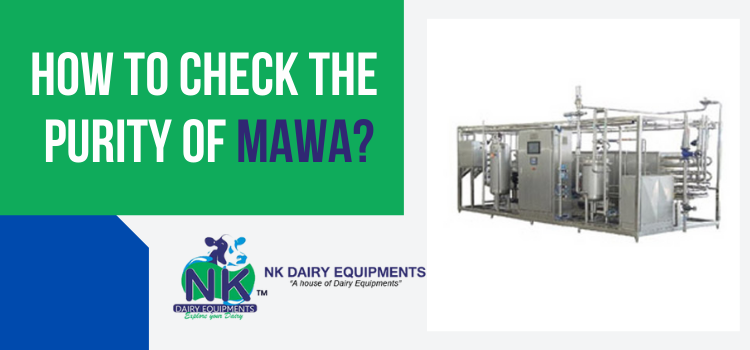Some Dairy Industry Related FACTS
Did you know?
The benefits of using milk that is processed in the milk Processing Plants:
-
The milk from such plants is so healthy since all the harmful bacteria and pathogens get eliminated.
-
Also, the shelf life of the milk gets considerably increased. You can use it for quintessentially more time as compared to the unprocessed milk.
What is the Similarity between the Ghee Plants and the Khoya Plants?
Both of them make use of the Malai to obtain the final product. When Malai is put in the ghee or Khoya making machine, after processing, it results in the ghee and khoya respectively.
Do you want to know about ‘MAWA Adulteration’?
‘Mawa’ is just like gold for the dairy industries. It is useful, taste-enhancing, healthy and gives a rich flavour. But one disadvantage which it has is related to its expensiveness. This is the main reason, it is used in small amounts in the sweet dishes or the dishes which are to be made with it.
But, you will be surprised to know that people have started doing adulteration with the Mawa.
But now the question arises, how do we check whether the mawa is adulterated or not. Then for that, you need to have a glance at the following written points:
1st Method
It is the method that has been presented by FSSAI – Food Standards and Safety Authority. This is very simple:
Step 1: Put one spoon of khoya in the hot water
Step 2: Put iodine in the solution afterwards
Decisive Results
If the khoya turns out to be blue, then it is the colour of adulteration. If not, then it’s pure and fit to be used.
2nd Method
It is one of the natural methods to find out whether the mawa is adulterated or not. The fresh and organic mawa does have a graining texture which leaves grease when rubbed on the palm. So the next time you go out to buy Mawa, then make sure you are checking its purity by rubbing it in your hand.
3rd Method
Since the use of Khoy is best in sweets as it is rich in various kinds of nutrients. But the use of Vanaspati is not at all good for our health and the excessive consumption of the same will make the individual suffer from heart stroke and cholesterol like problems. To check the presence of Vanaspati, take a sample of the sweets and then add 1 tablespoon of sugar and 2 tablespoons of hydrochloric acid in it. If the product comes out to be red, then it is the sure-shot sign of adulteration.
4th Method
Take a sample of the Mawa or Khoya in a container. Add 3 tablespoons of sulphuric acid to it. If the mawa changes its colour to violet, then it is adulterated. If it stays pure, then it means there are no signs of adulteration.




